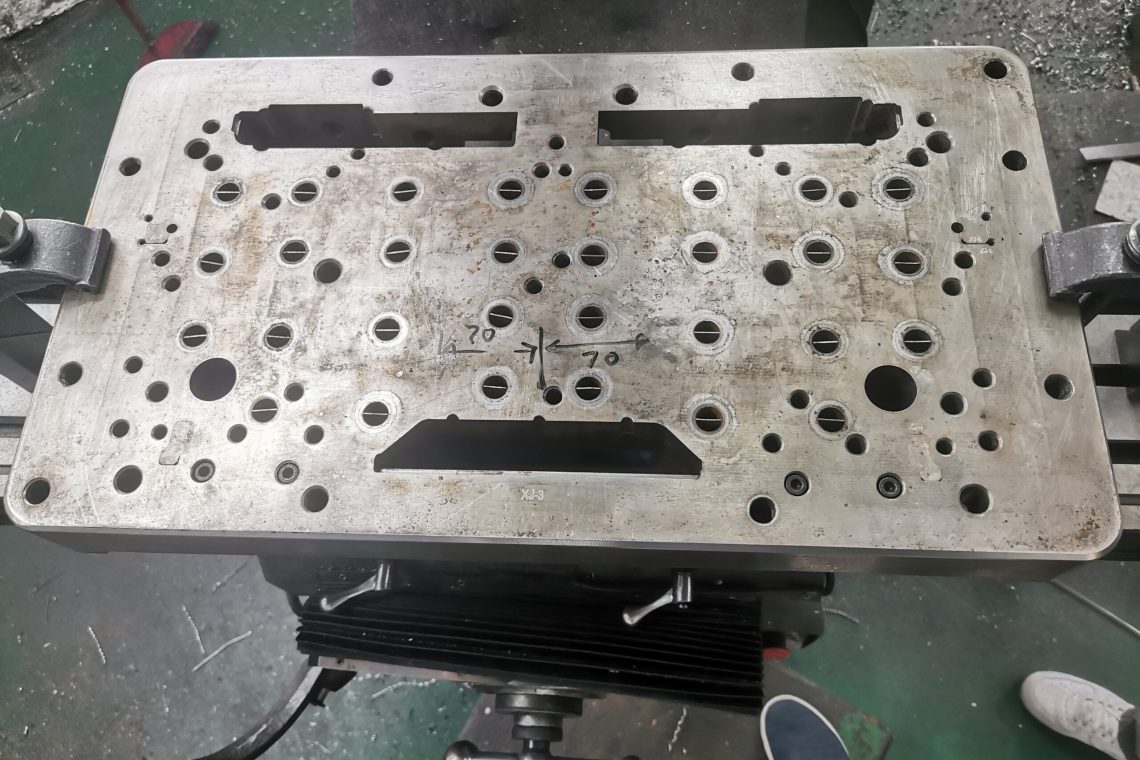Mould Steel Overview: Mould steel is a specialized type of steel crafted for the demanding environment of moulds used in plastic injection moulding. This steel exhibits exceptional properties such as high hardness, wear resistance, and durability against the stresses of repeated heating and cooling cycles. Commonly used tool steel types for moulds include P20, H13, and S7, each carefully selected based on their specific properties to suit different applications.
In this video, George, the founder of MerchSprouts, shares a look into the intricate world of tool steel production during his recent visit to a factory in China. The footage captures the initial stages of the process, featuring raw and rough cuts of tool steel being transformed into meticulously crafted moulds.
The video emphasizes the intricacy of tooling, highlighting the advanced engineering techniques applied to create flawless moulds.
Importance of Design Accuracy: Precision in mould design is paramount to achieving consistent and flawless plastic parts. The intricate details of a mould directly impact the final product’s quality. Design flaws can lead to defects, production delays, and increased costs, underscoring the critical importance of meticulous design accuracy. This was recently highlighted in one of our recent visits to one of our production facilities where one of the tools that was inherited off a previous project was used. There was an issue with this tool as shown in the video below.
Engineering Techniques in Mould Making: In the realm of mould making, advanced engineering techniques play a pivotal role. Computer-Aided Design (CAD) software is employed to meticulously craft precise and detailed mould designs. This digital approach not only enhances accuracy but also allows for digital prototyping, identifying and rectifying potential issues before physical manufacturing.
The transition from design to physical mould involves Computer-Aided Manufacturing (CAM), where the digital design is translated into machine instructions for manufacturing. Electronic wire cutting, or Electrical Discharge Machining (EDM), is used for intricate shapes and fine details, ensuring precise cutting without direct contact and minimizing tool wear.
Milling processes are integral to the mould-making journey, removing excess material and refining the mould’s shape with unparalleled precision. Skilled engineers are at the heart of this process, interpreting designs and implementing them in the manufacturing phase. The selection of the right tool steel and the application of suitable heat treatments demand expertise to ensure optimal performance.
Quality Assurance: Ensuring the mould’s quality is a meticulous process. Inspection processes, including rigorous testing, are implemented to guarantee that the mould meets specifications. Non-destructive testing methods are employed to identify potential flaws before they impact production.
In conclusion, the intricacies of mould steel selection, precise design, and advanced engineering techniques are the foundation of successful plastic injection moulding. The collaborative efforts of skilled professionals, coupled with cutting-edge technologies, ensure the production of high-quality moulds that, in turn, yield impeccable plastic parts. The fusion of material science, engineering precision, and quality control measures is the key to a streamlined and efficient mould-making process.



